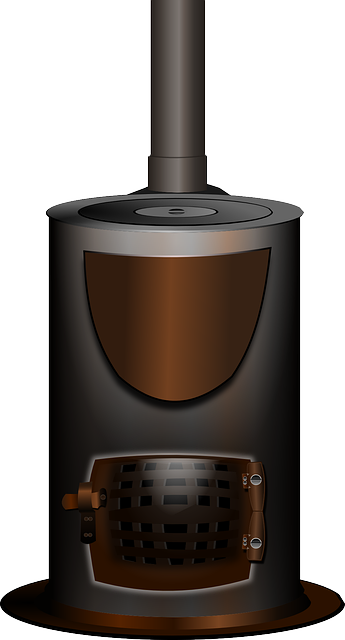Recessed water heater tank installation optimizes space and modern design by strategically placing heating systems in concealed areas like attics or utility rooms. Key steps include precise measurement, selection of suitable tank capacity, adherence to safety standards (especially for gas and electric heaters), and clever hiding techniques using false walls or panels to maintain functionality and aesthetics while ensuring easy maintenance access.
“Discover the art of concealed water heater tank installation with our comprehensive guide. For those seeking to maximize space in their mechanical areas, a recessed tank offers both efficiency and aesthetic appeal. This article explores the process, from understanding the benefits to preparing your workspace and following a detailed step-by-step guide. Learn how to seamlessly integrate this essential appliance into your home or commercial space, ensuring optimal performance while maintaining safety standards.”
- Understanding Recessed Water Heater Tank Installation
- Preparing for the Project: Space Requirements and Safety Measures
- Step-by-Step Guide to Concealing Your Water Heater Tank
Understanding Recessed Water Heater Tank Installation

Understanding Recessed Water Heater Tank Installation
Recessed water heater tank installation involves strategically placing a water heating system within concealed mechanical spaces, such as attics or utility rooms. This approach offers several advantages, including improved aesthetics in homes with modern, clean-lined designs and efficient utilization of space. Unlike traditional water heaters that stand out, recessed tanks blend seamlessly into the existing infrastructure, enhancing interior design while maintaining functionality.
This method is particularly popular for those seeking to install hot water storage systems like tank water heaters, whether electric or gas tank heaters. The installation process requires careful measurement of available space and selection of a water heater with an appropriate tank capacity to meet residential water tank needs. Once chosen, the water storage system is securely installed, ensuring easy access for maintenance while maintaining safety and performance standards for tank water heating applications.
Preparing for the Project: Space Requirements and Safety Measures

Before initiating the installation process, careful preparation is paramount to ensure a smooth and safe project. The first step involves assessing your mechanical space dimensions and ensuring they accommodate the chosen water heater tank—be it a gas tank heater, electric tank heater, or storage water heater. These tanks come in various sizes and capacities, so measuring the available space is crucial to select an appropriate model that fits without hindering future access or causing discomfort.
Safety is another key consideration. For residential water tanks, especially those with high tank capacity, proper ventilation is essential to prevent the buildup of dangerous gases. Electric tank heaters might require specific electrical connections, while gas tank heaters necessitate ensuring a well-ventilated area to mitigate risks associated with flammable gases. Always follow manufacturer guidelines and local building codes for installation to guarantee both efficiency and safety in your water storage systems, be it traditional water heaters or modern alternatives.
Step-by-Step Guide to Concealing Your Water Heater Tank

Hiding your water heater tank in a concealed mechanical space is an excellent way to achieve a sleek and organized home design. Here’s a step-by-step guide for this process, focusing on integrating your water heater seamlessly into tight spots.
1. Assess Your Space: Start by measuring the available area where you want to install the tank. Consider dimensions, accessibility, and proximity to existing plumbing lines. The ideal location offers easy access for maintenance while remaining hidden from view.
2. Choose the Right Heater Type: Select a suitable water heater type for your needs. Storage water heaters, with their efficient tank water heating capabilities, are popular choices. Electric tank heaters or gas tank heaters offer different benefits, so choose based on energy efficiency and budget.
3. Measure and Cut Opening: Once you’ve chosen the heater, measure and cut an opening in the wall or ceiling to accommodate it. Ensure precise measurements for a tight fit, allowing for easy installation and minimizing heat loss.
4. Install the Water Heater: Securely mount your selected water heating system in the prepared space. Follow manufacturer instructions for proper placement and connections. Route plumbing lines carefully, ensuring they align with existing systems and don’t disrupt other mechanical components.
5. Insulate and Conceal: After installation, insulate around the tank to maintain optimal temperature levels. Use appropriate materials to create a barrier between the hot water storage system and surrounding surfaces. Finally, employ clever hiding techniques—like false walls or panels—to seamlessly blend the tank into your space, maintaining both functionality and aesthetics.
Recessed water heater tank installation offers a sleek and efficient solution for hidden mechanical spaces. By understanding the process, preparing adequately, and following a step-by-step guide, you can successfully conceal your water heater tank while maximizing space utilization. This approach not only contributes to a visually appealing home design but also ensures optimal energy performance, making it a practical choice for modern homes.






